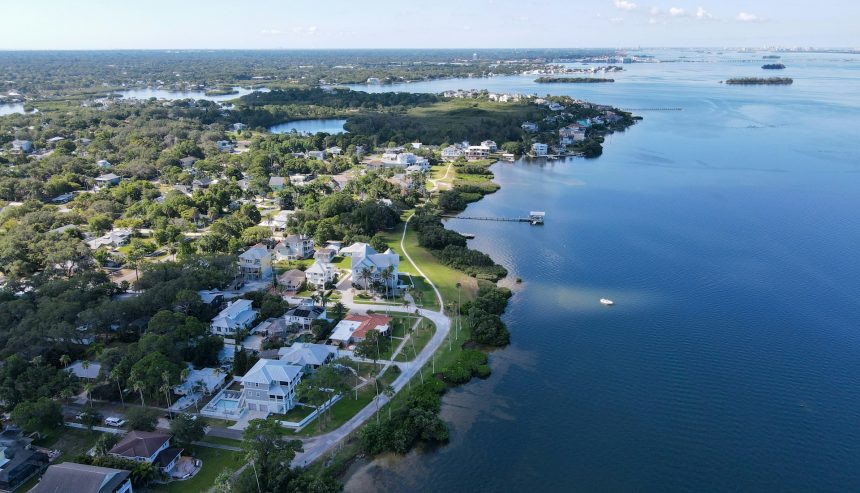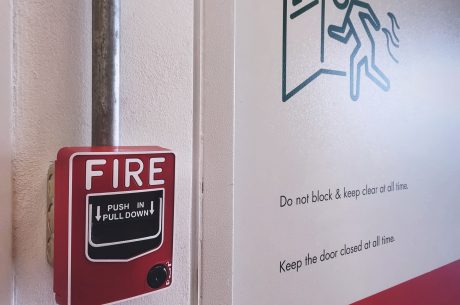Living near Florida’s beautiful coastline offers stunning views but also unique challenges for homeowners. Saltwater from the ocean, while a part of coastal charm, can take a toll on homes built close to the shore. The salty air, infused with moisture, seems harmless but can lead to significant damage if not managed properly.
Understanding the Effects of Saltwater on Home Structures
Saltwater, with its corrosive properties, poses a unique challenge to homes located near the Florida coast. Its impact on building materials like metal and wood is significant, accelerating the deterioration process. The salty air can lead to rust and weaken metal structures, making them more fragile over time. Metal roofs, railings, and fasteners are particularly susceptible to rusting when exposed continuously.
Wood, commonly used in home construction, is not immune to the effects of saltwater either. Salt can infiltrate the wood, leading to warping and decay. As wood absorbs moisture from the salty air, it expands and contracts, which weakens the structural integrity.
The corrosive nature of salt hastens wear and tear, resulting in more frequent repairs and maintenance. Homeowners may notice early signs such as rust stains on metal surfaces or warped wooden elements. Paint peeling off quicker than expected and moisture stains are other indicators of saltwater exposure. If left unchecked, these small warnings can turn into larger structural problems that require costly fixes.
Addressing saltwater damage promptly is key to preserving the value and safety of coastal homes. Regular inspections and maintenance tailored for salty conditions can help mitigate these effects.
Challenges Faced by Florida Homes Near the Coast
Florida’s coastal environment comes with specific issues that challenge homeowners. One major problem is the salt-laden air that continuously bombards homes. This salty atmosphere can rapidly weather and damage building materials, necessitating constant upkeep.
Frequent exposure to saltwater complicates home maintenance efforts. Paint and finishes may degrade faster, while windows and doors often require extra sealing to keep moisture out. Air conditioning units and other outdoor machinery face efficiency reductions as salt settles on components and causes corrosion.
Moreover, rising sea levels add another layer of complexity to coastal living. Florida homes face threats from increased flooding and erosion. Storm surges during hurricanes can bring saltwater further inland, impacting areas previously considered safe. This rise means properties are more vulnerable to damage, with saltwater posing risk not just from the air but also from direct water contact.
For these reasons, homes in coastal Florida need more than average attention to maintenance. Homeowners must consider the environmental challenges unique to their location and implement measures that address the ongoing effects of saltwater. This requires careful planning and proactive management to protect homes from the relentless pull of the sea.
Detection and Assessment of Saltwater Damage
Detecting saltwater damage early helps in minimizing repair costs and maintaining the integrity of your Florida home. There’s a lot homeowners can do to spot problems before they escalate. Regular visual inspections of both the interior and exterior are crucial. Look specifically for signs like rust on metal surfaces, peeling paint, or warped wood, which suggest salt exposure.
Utilize tools and techniques designed for detecting saltwater damage. Moisture meters can help identify areas that remain damp and could hide rot or decay. Infrared cameras are useful for spotting moisture behind walls where salt may have drawn in water. These devices make it easier to assess the extent of damage that may not be visible to the naked eye.
Timely inspections are key to catching small issues before they become larger problems. Schedule assessments at regular intervals throughout the year, particularly after the storm season when homes are more susceptible to saltwater intrusion. By staying vigilant and proactive, homeowners can prevent severe damage and preserve their property’s value.
Mitigation Strategies to Protect Against Saltwater Damage
Protecting a home from saltwater damage involves a combination of using the right materials and implementing consistent maintenance practices. Start with weather-resistant materials such as stainless steel for metal surfaces, which resist rust better than standard steel. Protective coatings on exteriors can also shield against salt’s corrosive effects.
Regular maintenance is essential for combatting saltwater corrosion. Create a checklist for routine tasks:
– Rinse outdoor areas and metal fixtures regularly to remove salt deposits.
– Inspect and repair caulking and seals around windows and doors.
– Repaint as needed with salt-resistant paint to extend durability.
Actionable steps to enhance home resilience include proper landscaping to avoid soil erosion caused by saltwater, ensuring gutters direct water away from the house, and installing impact-resistant windows to protect against storm surges. By implementing these strategies, homeowners can significantly reduce the impact of saltwater, preserving their homes for future enjoyment.
Conclusion
In the beautiful yet challenging environment of Florida’s coastline, saltwater poses a persistent threat to homes. However, understanding these challenges and taking proactive steps can significantly mitigate damage. Homeowners who adapt by using resistant materials and committing to regular inspections protect their properties against the relentless corrosive effects of saltwater.
If you’re concerned about the impact of saltwater on your home, trust the expertise of PuroClean of Naples to help you preserve and protect your property. Our skilled team offers comprehensive assessment and water damage cleanup services to safeguard your home against the elements. Reach out to us today and ensure your coastal home stays strong and secure.



